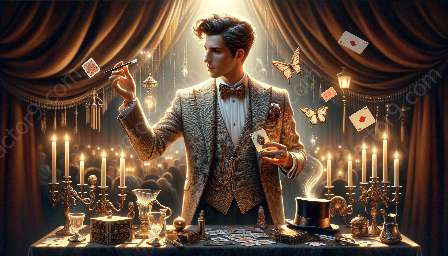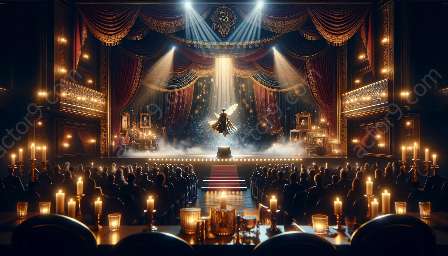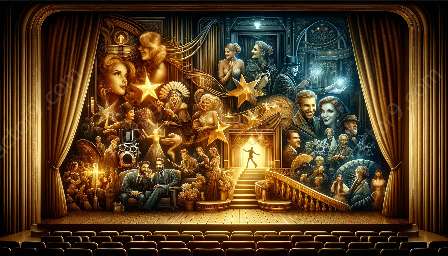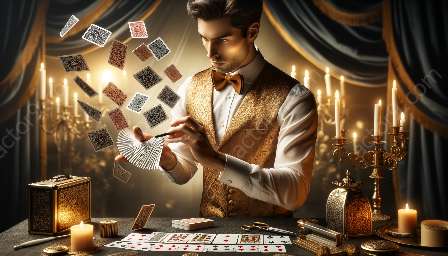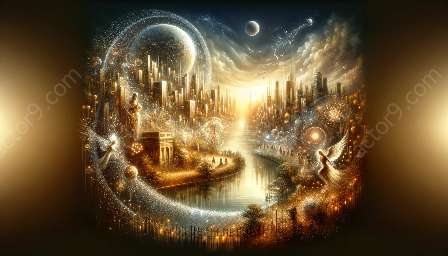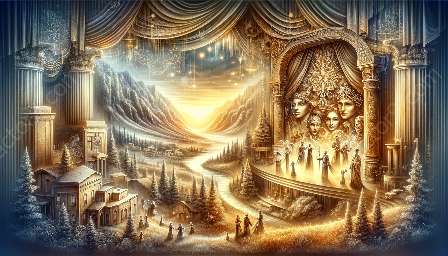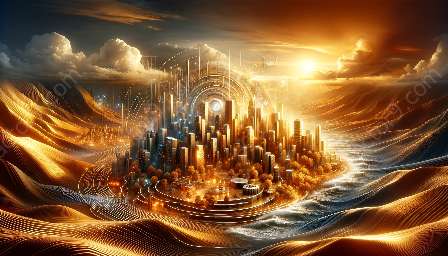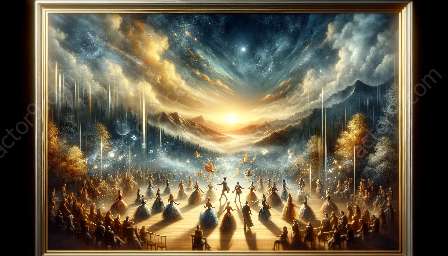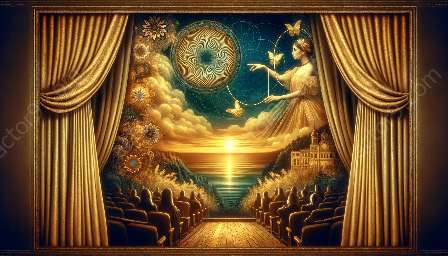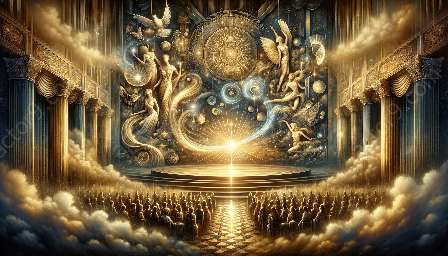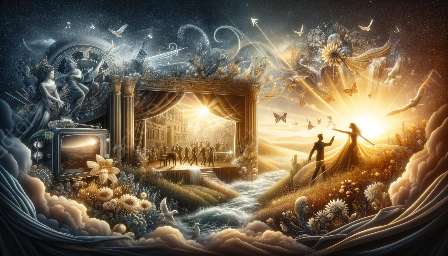Films have long been a medium for creating magic and illusion, captivating audiences with their ability to transport viewers to other worlds. The use of different art forms, such as dance and music, plays a significant role in enhancing the magic and illusion in film, elevating the overall viewing experience. By intertwining these art forms with the visual storytelling of cinema, filmmakers are able to create a truly mesmerizing and immersive experience for their audience.
The Role of Dance in Enhancing Magic and Illusion
Dance has a unique ability to convey emotions and narratives without the use of words. When incorporated into films, dance can add an ethereal and otherworldly quality, enhancing the sense of magic and illusion. Through graceful movements, choreographed sequences, and expressive gestures, dance can create a sense of enchantment and wonder, drawing viewers into the fantastical world portrayed on screen.
Visual Poetry through Movement
Dance serves as a form of visual poetry, allowing filmmakers to convey emotions and themes in a visceral and evocative manner. The fluidity of movement in dance can convey a sense of fluidity and transformation, adding to the illusionary aspects of a film. Whether it's a ballet sequence in a grand ballroom or a contemporary dance piece in a dreamlike setting, the use of dance can transport viewers into a world where magic and illusion seamlessly blend with reality.
Enhancing Spectacle and Grandeur
In many films, especially those within the fantasy and adventure genres, dance is utilized to enhance spectacle and grandeur. Large-scale dance sequences can create a sense of opulence and grandiosity, heightening the magical elements of the story. Whether it's a choreographed celebration in a mythical kingdom or a ceremonial ritual in a supernatural realm, dance can elevate the visual splendor of a film, making the magic and illusion more palpable to the audience.
The Impact of Music on Magic and Illusion
Music has an unparalleled ability to evoke emotions and set the tone for a film. When carefully integrated with the visual elements of cinema, music can enhance the magical and illusory aspects of a film, drawing viewers deeper into the narrative and atmospheric world of the story.
Elevating Emotional Resonance
One of the key ways in which music enhances the magic and illusion in film is by elevating emotional resonance. Through the use of orchestral scores, ambient soundscapes, or evocative melodies, music can create a sense of enchantment and wonder, amplifying the emotional impact of pivotal moments in the story. Whether it's a soaring theme accompanying a magical revelation or a haunting melody underscoring a mysterious sequence, music deepens the sense of magic and illusion within the film.
Building Atmosphere and Immersion
Additionally, music plays a crucial role in building the atmospheric and immersive quality of a film. By creating sonic landscapes that complement the visual world on screen, music can transport viewers into the magical realms depicted in the film. Whether it's the use of traditional instruments to evoke a sense of folklore and mysticism or modern electronic compositions to convey a futuristic sense of wonder, music enriches the illusionary aspects of the film, enveloping the audience in a mesmerizing auditory experience.
Synthesizing Dance, Music, and Visuals
When dance and music are seamlessly integrated with the visual storytelling of a film, the magic and illusion within the narrative become even more potent. Choreographed dance sequences set to enchanting musical scores can create a synthesis of art forms, captivating the audience on multiple sensory levels. This convergence of dance, music, and visuals unifies the ethereal and magical elements of the film, leaving a lasting impression on the viewer's perception of reality and fantasy.
Creating Multisensory Enchantment
By engaging the senses of sight, sound, and movement, the combination of dance, music, and visuals in film creates a multisensory enchantment that transcends the boundaries of ordinary storytelling. The interplay of these art forms generates a heightened sense of immersion, drawing viewers into a world where magic and illusion reign supreme. This multisensory approach enriches the audience's experience, allowing them to become deeply intertwined with the wondrous realms presented on screen.
Resonance and Emotional Impact
The synergy between dance, music, and visuals in film also amplifies the emotional impact and resonance of the story. As these art forms converge, they work in harmony to evoke profound emotional responses from the audience. Moments of triumph, revelation, and poignancy are imbued with an extra layer of enchantment, courtesy of the melding of dance, music, and visuals. This amplification of emotional depth contributes to the enduring allure of magic and illusion in film, leaving a lasting impression on the hearts and minds of viewers long after the credits have rolled.
Conclusion
The use of different art forms, such as dance and music, plays a pivotal role in enhancing the magic and illusion in film. By harnessing the emotive power of dance and the evocative nature of music, filmmakers can evoke a sense of enchantment, wonder, and immersion within the narrative, captivating audiences and leaving an indelible mark on their cinematic experience. Through the synthesis of dance, music, and visuals, films are able to weave a tapestry of magic and illusion that transcends the ordinary, creating a truly mesmerizing and enchanting viewing experience for audiences around the world.


